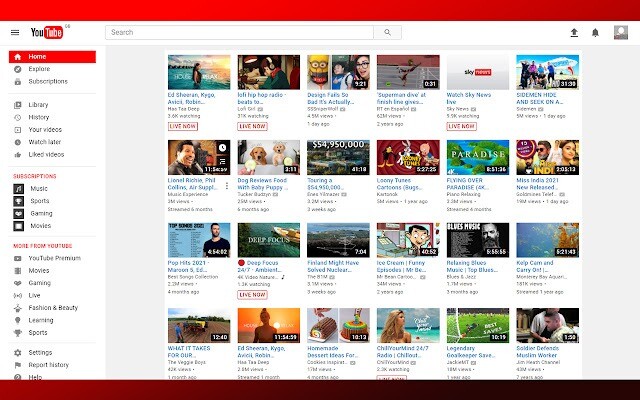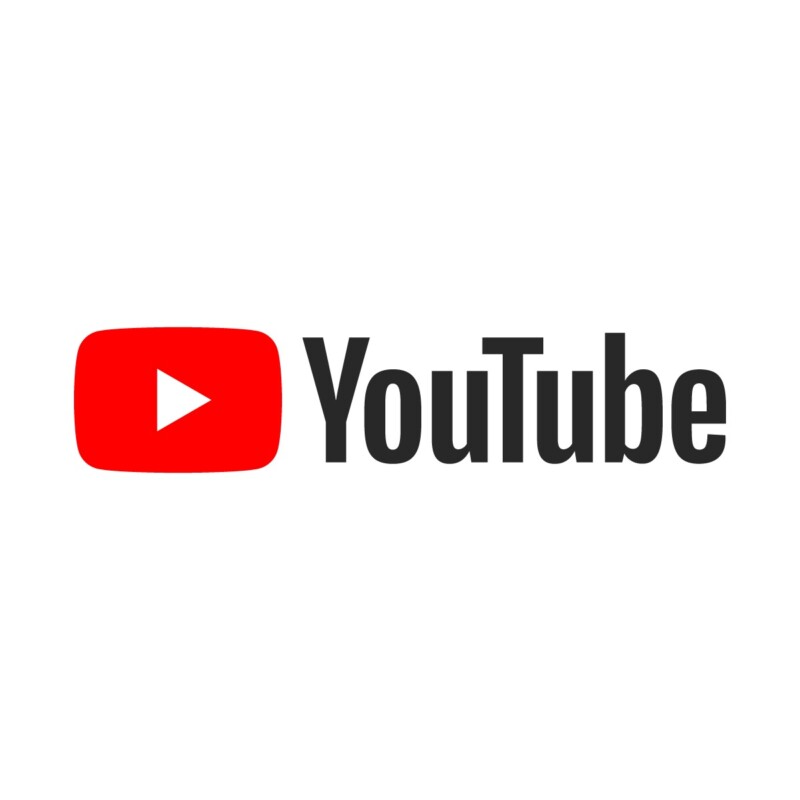YouTube, a website that has revolutionized how people watch and share videos online, has grown into one of the world’s most popular websites, boasting over 2 billion logged-in users each month. In this article, we will delve into the origins and evolution of YouTube, explore its impact on internet culture, and speculate on what the future holds for this dynamic platform.
The Founding of YouTube

In February 2005, Chad Hurley, Steve Chen, and Jawed Karim, three early employees of PayPal, founded YouTube with a simple yet ambitious vision: to create an easy way to share videos online. At the time, online video technology was in its infancy, and the process of uploading and watching videos on the internet was sluggish and unreliable. YouTube sought to change this by developing a fast and user-friendly interface for video clips.
On April 23, 2005, the domain name “YouTube.com” was activated, and the first video titled “Me at the Zoo” was uploaded, showing co-founder Jawed Karim at the San Diego Zoo. By May of the same year, the website was attracting over 30,000 daily views, tapping into a vast market of internet users eager to share original video content.
An essential innovation by the YouTube founders was their decision to support ad-revenue sharing, allowing people to earn money from popular videos. This incentive encouraged content creators to pursue YouTube stardom, fostering the growth of YouTube-based careers. Subsequently, YouTube introduced the Partner Program, enabling popular creators to earn a share of the marketing dollars generated by their videos, further driving content creation on the platform.
Acquisition by Google
As YouTube’s popularity soared throughout 2005 and 2006, it caught the attention of tech giant Google. In October 2006, Google acquired YouTube in a momentous deal worth $1.65 billion, signaling the increasing cultural significance of online video.
Under Google’s ownership, YouTube experienced rapid growth, serving 100 million video views per day by July 2006 and reaching an astonishing 1 trillion cumulative views by 2011. With Google’s resources, YouTube evolved into a multifaceted digital media platform, focused on improving video streaming quality, recommendation algorithms, and content moderation. Yet, YouTube remained true to its core functions, providing a space for discovering, watching, and sharing an endless stream of video content.
The Business Model

YouTube’s profound cultural impact is made possible by its extensive business operation. Google has developed a robust digital advertising system around YouTube, generating substantial revenue. The platform’s revenue model includes:
1. Video ads: Short commercials that play before, during, and after YouTube videos.
2. Display ads: Banner and text ads surrounding YouTube video players or on the site’s homepage and browse pages.
3. Overlay ads: Semi-transparent display ads that may pop up and overlay a portion of the video content.
4. Sponsored content: Brands pay popular YouTube channels to produce and promote videos featuring their products.
5. Paid product placements: Companies pay YouTubers to feature or discuss products in their videos.
6. YouTube Premium: A subscription-based service offering ad-free video, exclusive content, and background play.
7. YouTube TV: A live TV streaming service.
8. Super Chat & Super Stickers: Features that allow viewers to pay to highlight their comments during live streams and premieres.
This diverse mix of advertising, subscriptions, and commerce has contributed to YouTube’s status as a highly profitable business, with advertising revenue alone estimated at around $7 billion in 2019.
Controversies Around YouTube
Given its vast user base, YouTube faces challenges in moderating and policing content. The platform has encountered controversies surrounding issues like:
1. Copyright violations: Disputes with media companies over copyrighted content uploaded by users.
2. Hateful/harmful content: Videos promoting hate speech or harmful behavior slipping through moderation safeguards.
3. Pedophiles in comments: A scandal in 2019 involving predatory comments on videos featuring children.
4. Algorithms promoting extreme content: Sometimes leading viewers towards radical or conspiracy-based content to drive engagement.
5. Data privacy: Criticism over data collection and tracking practices.
YouTube continually refines its rules and moderation tactics in response to these challenges but continues to face criticism over content moderation.
The Future of YouTube

While YouTube has transformed since its inception, several key elements will shape its future:
1. Continued mobile consumption: More users watch YouTube on mobile devices, prompting further optimization of the mobile experience.
2. Competition from new platforms: Emerging apps like TikTok, Instagram Reels, and Snapchat compete for video-sharing dominance, but YouTube’s scale remains a formidable advantage.
3. Alternative monetization models: YouTube may diversify income streams to address creator frustrations over demonetization and ad revenue fluctuations.
4. Live streaming evolution: Live content consumption will continue to grow, prompting more interactive features for YouTube Live and integrated live streams.
5. More moderation challenges: Major events like elections and public health crises will necessitate stricter content moderation.
6. Spatial video: As VR technology advances, YouTube may incorporate more immersive and spatial video formats.
While challenges lie ahead, YouTube’s position as the world’s leading online video platform appears secure, with Google’s backing ensuring continued innovation. YouTube will remain at the forefront of digital media, reshaping how we create, consume, and share visual content online.
—> Recommended
- Asus Zenfone 10 vs One Plus 10 Pro
- Asus Zenfone 10 vs Google Pixel 7
- Asus Zenfone 10 vs Samsung Galaxy S23
- Asus Zenfone 10 Review
YouTube’s journey from a quirky viral video site to a global digital media empire has been nothing short of remarkable. Evolving from a simple video-sharing platform, YouTube has profoundly impacted entertainment, culture, and media, offering a platform for creative expression and diverse perspectives.
Despite challenges related to copyright, content moderation, and monetization, YouTube’s cultural significance is undeniable. The platform has shaped how we consume and interact with media and information, fostering connections across communities and generations. As YouTube continues to evolve alongside technology and internet culture, it will undoubtedly remain an integral part of our digital lives, reflecting and shaping the world we live in.










Add Comment